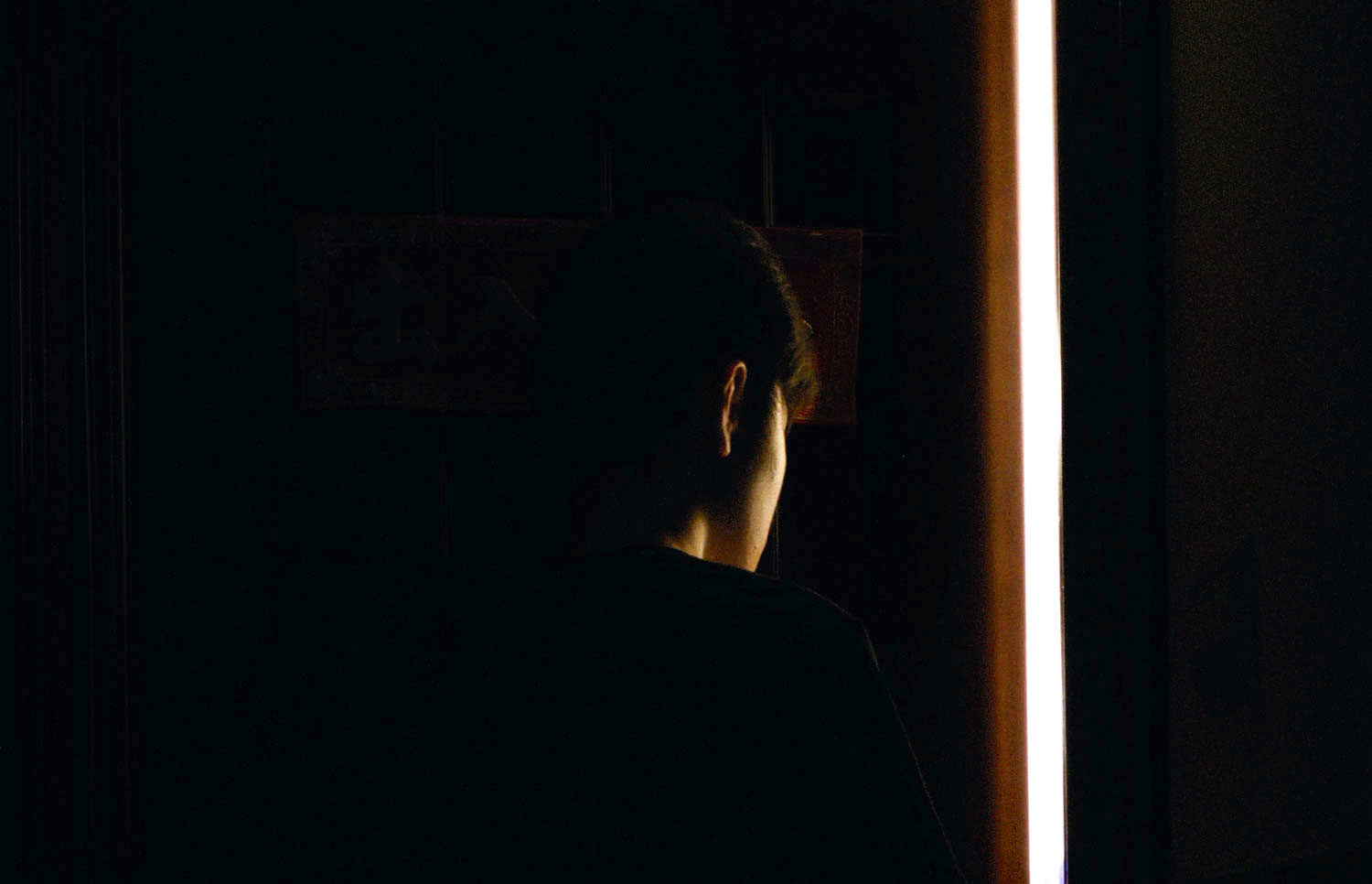Ancient and Modern Maps of the Mind
Tara Bennett Goleman looks at the parallels between of Buddhist psychology and modern cognitive science, revealing their shared insights that illuminate a hidden path towards inner freedom. The post Ancient and Modern Maps of the Mind appeared first on...

Tara Bennett Goleman looks at the parallels between of Buddhist psychology and modern cognitive science, revealing their shared insights that illuminate a hidden path towards inner freedom.

Photo by Ashley Batz.
I’d been putting off riding my horse, Bodhi, for days. But one pleasant morning, riding him was my first thought. After my coffee and morning meditation, I found myself reflecting on the way our desires and thoughts lead us to act. I noticed how the pull of pleasant weather had led to my desire to go outside and enjoy the day on my horse.
But then I became aware of the crisp air suddenly turning damp and cool. The sky darkened with clouds — a harbinger of a rainy day — and with this forbidding sky I noted a radical shift: the stirrings of unpleasant feelings and thoughts like, “Maybe it’s going to be too cold to ride. It might rain and I and my saddle would get wet.” I thought of a dozen other things I might do with the morning.
Awareness can break the chain between impulse and action. It gives us the choice between acting on our emotional impulses, or observing our thoughts and feelings.
To my surprise, however, the clouds started to break up, and rays of sun shone through; plants came to life again. I had an image of myself on my horse, delighting in the day. I hurried to get my riding boots.
And so it goes through the round of our days, with our feelings, thoughts, desires, and whims so often playing us like a puppet on a string, leading us to do one thing after another.
In Buddhist psychology the way thoughts and desires lead to action is called the chain of dependent origination. In one interpretation, the close links between our feelings, desires, and actions form a chain of interdependent cause-effect links, where thought leads to what we do. On a moment’s notice we’re acting on a whim, one dictated by an underlying sense of pleasure or pain, pleasantness or unpleasantness – all from our habitual conditioning.
My initial urge to ride, and then my hesitation, and finally my going out on horseback were each the result of changing causes and conditions as filtered through my impulse of the moment. As those conditions changed, so did my impulses.
For the most part these chains of habit are benign. But some of these habits are self-defeating, and so have consequences in our lives. The Buddhist view sees that the links of the chain of dependent origination offer a way to break free of this recurring round of conditioned habit. It’s a hidden path to inner freedom.
This Buddhist analysis of our mind begins when the senses register something – a sight, sound or taste, say. From sensing comes contact, which then links to our feelings. When they are pleasant, the feelings often lead us to crave more and cling, which leads us to act in ways we think will lead to more pleasure (or, if the feelings are unpleasant, we do what we think will end the pain).
I found a strikingly similar parallel in cognitive science and its model of how we process information, which reports much the same sequence. Sensations lead to thoughts about what we sense, and then to our emotional reaction to it. These thoughts and feelings in turn become intentions and plans for action.
Neuroscience tracks information processing in terms of the flow of activation through complex circuitry. Some key nodes include the thalamus, where physical waves first enter and are translated into the language of the brain. Another critical junction is the circuitry that impinges on the amygdala, where the brain stores emotional reactivity that can lead us to action.
In both the Buddhist and cognitive science maps of consciousness, the door to inner freedom lies in bringing awareness to these sequences. An active awareness shifts our attention from being immersed in our emotional reaction to becoming aware of the relationship between our state of mind and what we are perceiving, and our impulse to act from that. With craving, anger, or fear, this moment of awareness gives us an option other than acting on the feeling on the one hand, or suppressing it on the other. We can interpose a reflective consciousness between our emotional impulse and our resulting action.
This lets us be aware of a feeling like fear, just watching the feeling grow and blossom, and then whither and fade away. In terms of the chain of dependent origination, this intervention by awareness gives us an all-important choice point: Bringing an active attention to our otherwise knee jerk habits can be emotionally freeing.
Awareness can break the chain between impulse and action. It gives us the choice between acting on our emotional impulses yet again, or just observing the thoughts and feelings as they bubble up and dissolve.
This act of attention lies at the heart of modern interventions, including the many ways mindfulness integrates with psychotherapy. All these parallel an ancient insight into dependent origination, one which also applies to our modern understanding of how we process information.
I wrote about this connection between dependent origination and information processing in more detail in my book Emotional Alchemy (Harmony Books, 2001).
The architecture of the mind, it seems, has not changed in over two millennia.

 Konoly
Konoly 






























